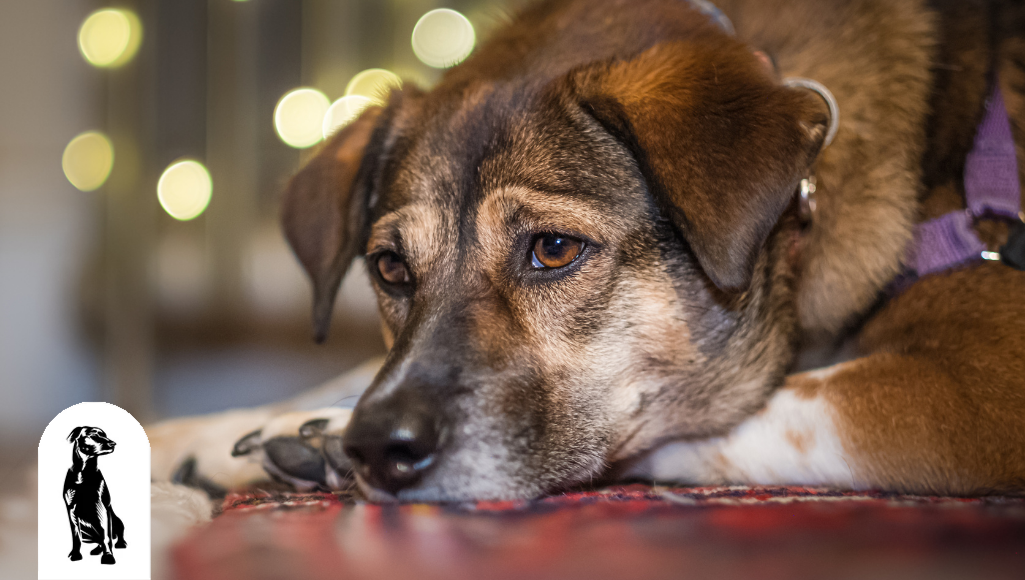
Have you been thinking about getting a second dog to calm the first dog’s anxiety over separation? There are some things you should know about dog psychology before making that decision.
The problems with separation anxiety
Every day it’s the same. As soon as you grab your keys and start heading for the door, your little friend starts to act up.
Your dog becomes a fluffy flurry of fur and teeth. The barking is obnoxious! No matter what you do, it seems like you can never calm down your dog enough to leave the house in peace.
Some days you feel sad about leaving your dog barking at the window or clawing at the door; other days, you feel aggravated. Will this wake up the neighbors in the next apartment? Does this mean I won’t be able to leave early on weekend mornings so as not to risk waking up my kids, spouse, or partner?
There are other things to concern you. Your dog may engage in destructive or harmful behaviors. Some common examples are:
- Excessive and energetic barking or howling upon departure
- Defecation and urination
- Chewing and other destruction
- Escaping
- Pacing
Any one of these behaviors can cause you to be concerned for the well-being of your dog. Some symptoms of separation anxiety are relatively harmless, such as barking or pacing. Other symptoms, such as escaping, can result in your dog's injury and damage to your property.
Dealing with anxiety in those cases is as much of a health need as it is a convenience.
The emotional gap - understanding what helps
For as much as we treat our dogs as a companion, speaking to them in human terms and even occasionally dressing them up in human clothes, considering that your dog can feel near-human emotion can be challenging to come to terms with.
Then, the logic seems sound. We’ve noticed that our dogs get excited when we play with them. They also know pretty well when you, their master, are angry with their behavior.
Thinking about your dog’s anxiety in almost human terms can help you decide if getting your dog a playmate is the correct course of action.
What causes your dog’s anxiety? How would you react to another companion to ease your anxiety? Would that cure you (or your dog) of separation anxiety?
Canine intelligence - is your dog outsmarting you?
Dogs are often more intelligent than we think they are. A dog psychologist Stanley Coren estimates the average dog's intelligence to be equivalent to a 2.5-year-old baby. This level of intelligence allows dogs to learn human language, interpret body language and verbal inflections, and learn to manipulate their owners.
An essential part of dealing with your dog’s separation anxiety is understanding how they interpret it and are likely to act if you change their environment (i.e., getting a new dog.)
Your dog can interpret your morning routine. Specific cues may trigger your dog's anxiety, such as grabbing your keys or putting on your coat. Following a pattern similar to human anxiety, these actions may still increase anxiety, even if another dog is present.
Like humans, dogs are capable of learning habits and keeping to them. Exploiting the canine intellect is how we, as pet owners, can house train our dogs and teach them commands and tricks.
Similarly, sounds and actions may cue habitual feelings of anxiety. Fixing feelings that are engraved deep in the subconscious may not be easily cured by introducing playmates into the equation.
There is no guarantee that your dog’s behavior will change if you get a second dog. In some cases, your plan may backfire, leaving you with two dogs that get riled up whenever you leave for the day.
Many common methods used to train humans with anxiety emphasize the use of mental tricks and medication. It may be more challenging to teach your dog a logical approach to dealing with anxiety, but there are some things you can do to help train your dog for you to leave every day.
Changing your dog’s response to cues
It is possible to train your dog to associate your departure with something positive. This method, called counterconditioning, focuses on changing the actions and cues your dog associates with you leaving and turns those cues into something positive.
If you notice your dog gets anxious when you grab the keys in the morning and walk toward the door, try training them to feel happy and relaxed about this instead of feeling worked up and anxious.
You can do this by spending a few minutes giving your pet some quality time, offering them a treat, and engaging with them in some of their favorite activities. While this isn’t the magic bullet that will cure separation anxiety all at once, it may start to ease tension over time.
Ensuring that your dog is in a good mood when you leave your residence is of the utmost importance. In many cases, leaving when your dog is most anxious can perpetuate the feelings of anxiety associated with separation.
Separation training - for more severe cases
If your dog feels anxious regardless of how much time you spend playing together in the morning and no amount of food or treats can calm your pet long enough for you to get out the door, you may need to do some additional training for your dog.
Separation training helps your pet become gradually acquainted with your absence. You will need to spread practice through the day over several weeks.
This training starts small. Begin by teaching your pet how to stay. Once your dog gets the idea behind this little game, add variations such as turning your back or leaving the room.
Once your dog has this down, you can graduate to more difficult circumstances, such as stepping out into the backyard or patio of your residence. Eventually, the idea is to be able to leave out of your main entrance without your dog getting worked up.
Starting with small intervals, leave your house for some time and work up to being gone for 40 minutes. Once your dog can reach this period without getting too anxious, you should be able to leave every day without worrying about your poor little pooch.
Let Plush Paws Help You Bring Your Pet Along
If you want to bring your pet with you to work or just want to help your little friend get out of the house to help with your dog’s anxiety, we’ve got a product that can protect your vehicle while giving your furry friend a lift!
At Plush Paws Products, we have created one of the most convenient seat covers for pet transportation. The cover is easy to install and easy to clean, meaning you can spend more time having fun than cleaning the inside of your vehicle.
Shop by car size, style, and desired protection! We love helping pet owners find joy and convenience packing their pets. Browse our selection today!
